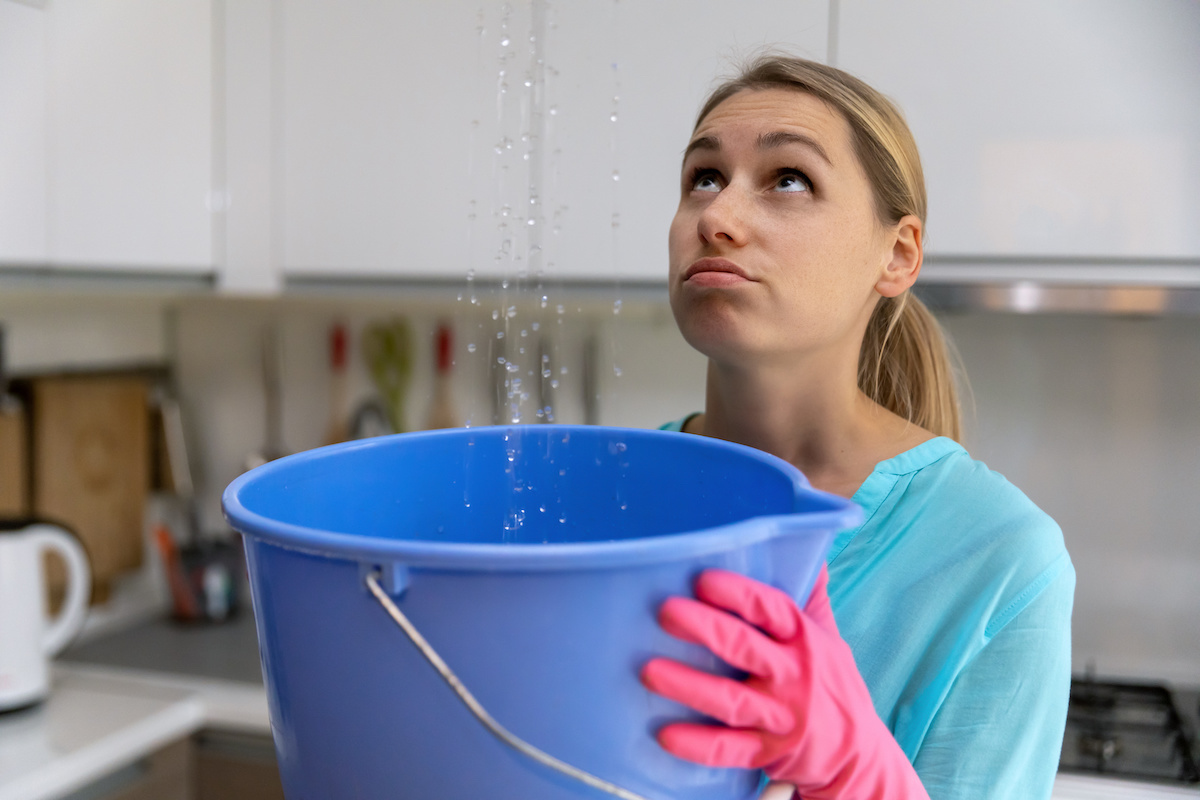Every person will have their personal conception in relation to How to Find Water Leaks.

Leakages not just create waste of water yet can also cause unneeded damages to your house and also promote undesirable natural development. By looking and recognizing for daily circumstances that cause leaks, you can secure your house from future leakages and also unnecessary damage.
Instant temperature level changes.
Severe temperature level adjustments in our pipelines can cause them to increase as well as contract all of a sudden. This expansion and tightening may trigger splits in the pipelines, specifically if the temperature level are below freezing. If you maintained an eye on how your plumbing works, it would be best. The visibility of the formerly pointed out conditions regularly shows a high risk.
Corroded water systems
This could be the cause of staining or warping on your water pipes. If our plumbing system is old, consider replacing the pipelines since they are at a higher danger of deterioration than the more recent models.
Faulty Pipe Joints
Pipeline joints can deteriorate over time, resulting in water leaks. If you have noisy pipelines that make ticking or banging sounds, especially when the hot water is transformed on, your pipe joints are probably under a whole lot of pressure.
Intruding roots
A lot of water leakages start outside the residence rather than inside it. You could discover damp patches or sinkholes in your lawn, and that could mean that tree origins are invading water lines causing water to seep out.
Poor Water Connectors
At times, a leak can be caused by loose pipes as well as pipes that provide your home appliances. In situation of a water links leakage, you might discover water running directly from the supply line or puddles around your devices.
Blocked Drains
Blocked drains might be bothersome and also inconveniencing, yet they can in some cases wind up triggering an overflow leading to burst pipelines. Maintain getting rid of any type of materials that may go down your drains pipes that can block them to prevent such inconveniences.
All the above are sources of leakages but not all water leaks result from plumbing leaks; some leaks might come from roof leakages. All leaks should be fixed right away to prevent water damages.
Leaks not just create waste of water yet can also create unnecessary damages to your home and also advertise undesirable organic development. By comprehending and looking for everyday situations that create leakages, you can safeguard your house from future leaks as well as unnecessary damage. Today, we will look at six leak causes that may be creating your pipelines to trickle.
At times, a leak can be created by loose tubes and also pipelines that supply your home appliances. In case of a water connections leakage, you may see water running straight from the supply line or puddles around your devices.
How To Check For Water Leak In Your Home
How To Check for Leaks
The average household's leaks can account for nearly 10,000 gallons of water wasted every year and ten percent of homes have leaks that waste 90 gallons or more per day. Common types of leaks found in the home are worn toilet flappers, dripping faucets, and other leaking valves. These types of leaks are often easy to fix, requiring only a few tools and hardware that can pay for themselves in water savings. Fixing easily corrected household water leaks can save homeowners about 10 percent on their water bills.
To check for leaks in your home, you first need to determine whether you're wasting water and then identify the source of the leak. Here are some tips for finding leaks:
Take a look at your water usage during a colder month, such as January or February. If a family of four exceeds 12,000 gallons per month, there are serious leaks.
Check your water meter before and after a two-hour period when no water is being used. If the meter changes at all, you probably have a leak.
Identify toilet leaks by placing a drop of food coloring in the toilet tank. If any color shows up in the bowl after 10 minutes, you have a leak. (Be sure to flush immediately after the experiment to avoid staining the tank.)
Examine faucet gaskets and pipe fittings for any water on the outside of the pipe to check for surface leaks.
Undetected water leaks can happen without the home or business owner even realizing. If you suspect a water leak, but not able to find the source. It is time to contact a professional water leak detection service, The Leak Doctor.
How To Find a Water Leak In Your Home
https://www.leakdoctor.com/blog/How-To-Check-For-Water-Leak-In-Your-Home_AE197.html

I was brought to that editorial about How to Find Water Leaks through an associate on our other web address. Sharing is good. Helping others is fun. We love reading our article about How to detect water leaks in your home.
Top Article